Podcast - Adam Savage Project
Sympatico – Still Untitled: The Adam Savage Project – 11/13/18
We welcome back Jen Schachter to the cave as she’s visiting this week to work with Adam on a to-be-announced project. Jen and Adam talk about how they get into the zone when they fabricate and collaborate with others, and how collaboration changes when builders go from the physical to the digital.
Comments (10)









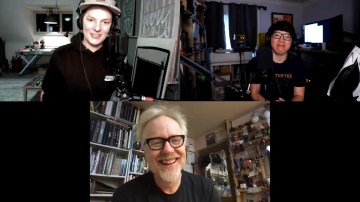


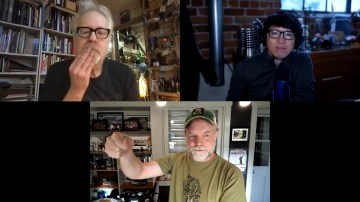






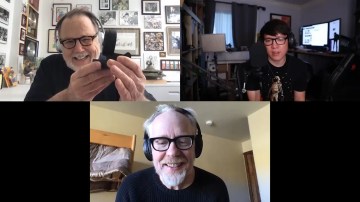

















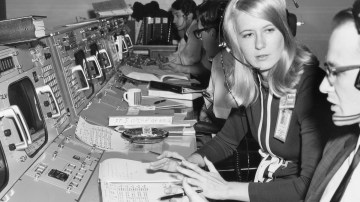






















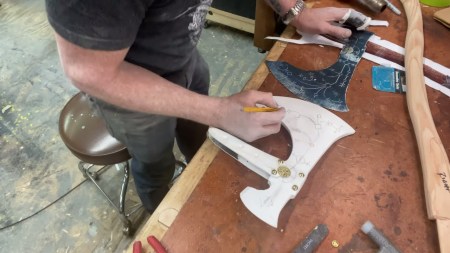



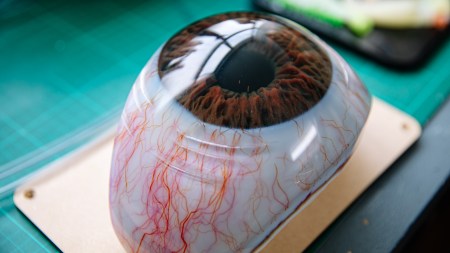


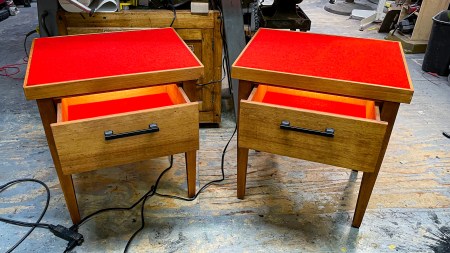
Congratulations Norm! So glad to hear everyone is doing well. Welcome to the Parenthood Neighborhood. Enjoy the journey. ☺️.
Between Jen, Melissia, and Darrell, Tested has found some amazing folks. Can’t wait for the upcoming videos.
word!
Congratulations to you and Danica !
also, a suggestion for a video piece: Tested should visit to the very nearby Autodesk maker space known as “Pier 9 workshop”, it’s amazing. All autodesk employees have access to this amazing shop/kitchen/3D lab for free. It would make a good piece and it’s right in San Francisco.
Congratulations Norm and Danica on the birth of little Avery. Wishing you all the best!
CAD/CAM is one of those things were most people can learn to be effective with it and use it well enough for their purposes, but it can take a different mindset to master and become properly efficient at it. When I was in school there were quite a few other students who could get things done 2D autocad, but when you put them in a 3D environment they would very rapidly lose spatial awareness inside the program and get bogged down. It also helps when you’re working with it every day, but obviously many makers don’t have the luxury(or curse, one of the two) of spending that much time in the program. I’m lucky to be able to spend enough time with Solidworks that I go straight to 3D for designing, as I work quicker that way.
The trick becomes designing parts in a way that can be built with the process that you’re planning on – 3D printing is relatively easy, but when you start looking at milling and turning things really get interesting as you well know.
I will say for Adam – if you can use a parametric software(Inventor, Solidworks, etc.) and work the problem just like you would on a mill or lathe it can be very helpful since you’re used to machining that way. Start with your blank block or round, and cut from there.
Also as with anything – put good in, get good out. Designing in assembly can be a little tough at first, but if you can borrow, find, or create good models of what needs to go around a part in a mechanical assembly, it makes it much easier to design your part to fit how it needs to. For a lot of hardware parts, McMaster-Carr has great models of almost everything they sell, which is wonderful for filling out assemblies.
CAD is really not worth the effort if you are an artist making one or two of a thing with your own hands and have any other option available to you. Autodesk has succeeded in producing something a bit more approchable than Sketchup with Fusion 360, but it’s still an incredibly buggy pile of Qt misery with an interface that makes absolutely no sense because it was cobbled together by mathematicians. Until some CAD vendor decides to hire people who have actual UX experience to produce better tools this is not likely to change.
Onshape (https://onshape.com) has collaborative online CAD. There’s a CAM plugin or two (I like Kiri:moto) as well.
The sad thing is that Autodesk has a decently sized UX team, but they don’t seem to be letting them anywhere near an actual product…
There are some collaboration tools for CAD, the one’s I’ve seen are not the best. Solidworks and I’m assuming Autodesk have version control similar to software. If you’re looking for better tools It’s fairly likely that CATIA and tools used for developing products like automobiles would have much better collaborative interfaces, since there is no way one single engineer could develop the entire vehicle alone.
Unless it’s Tony Stark in a cave.